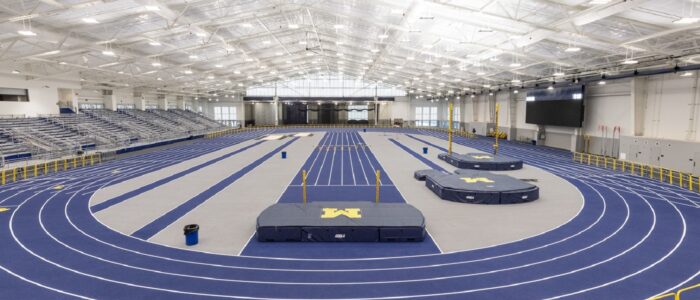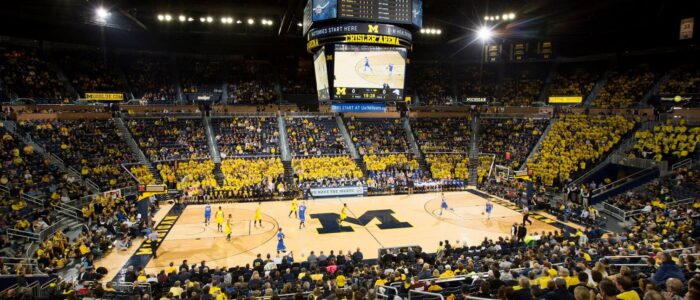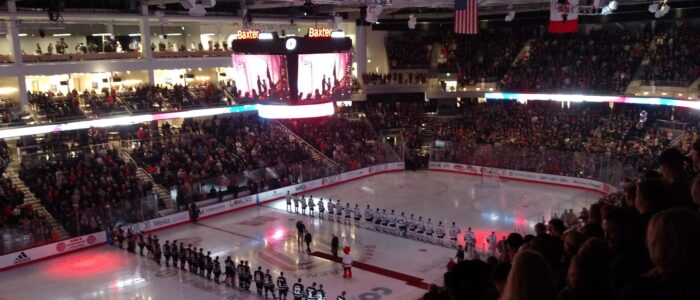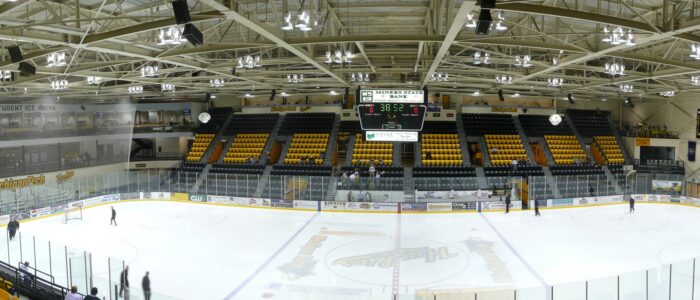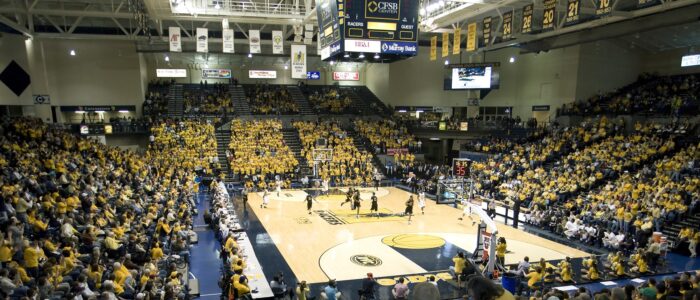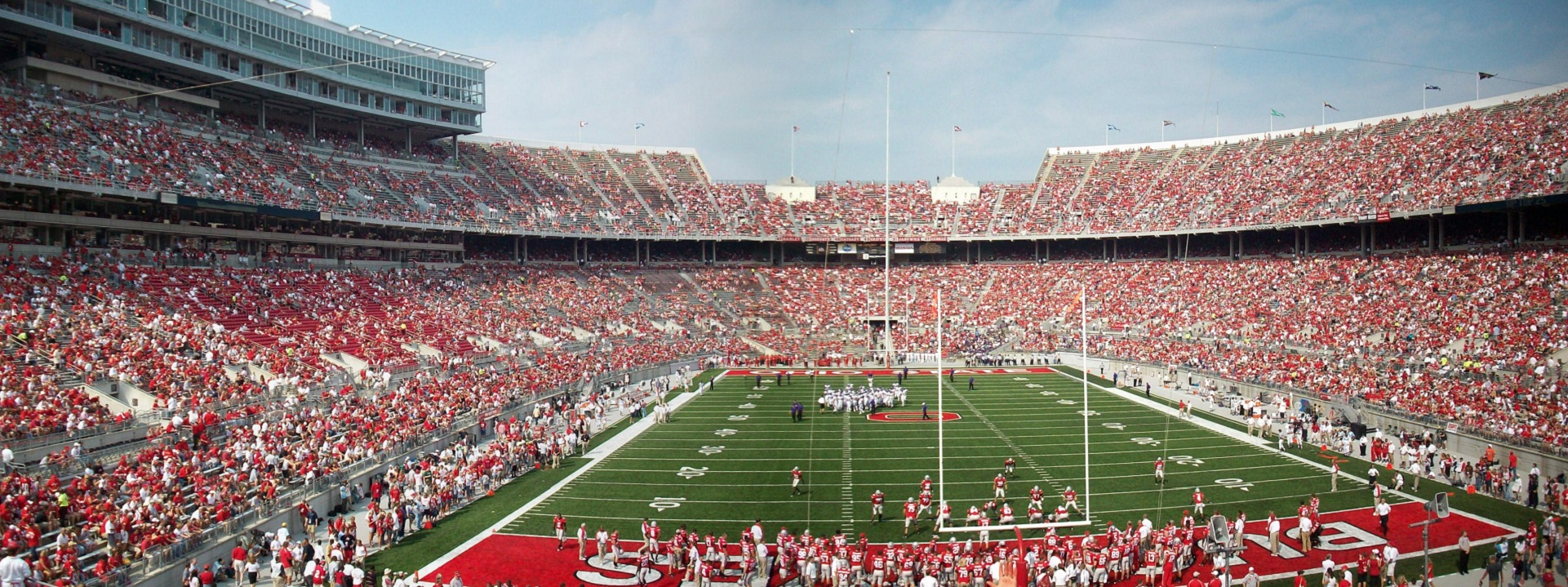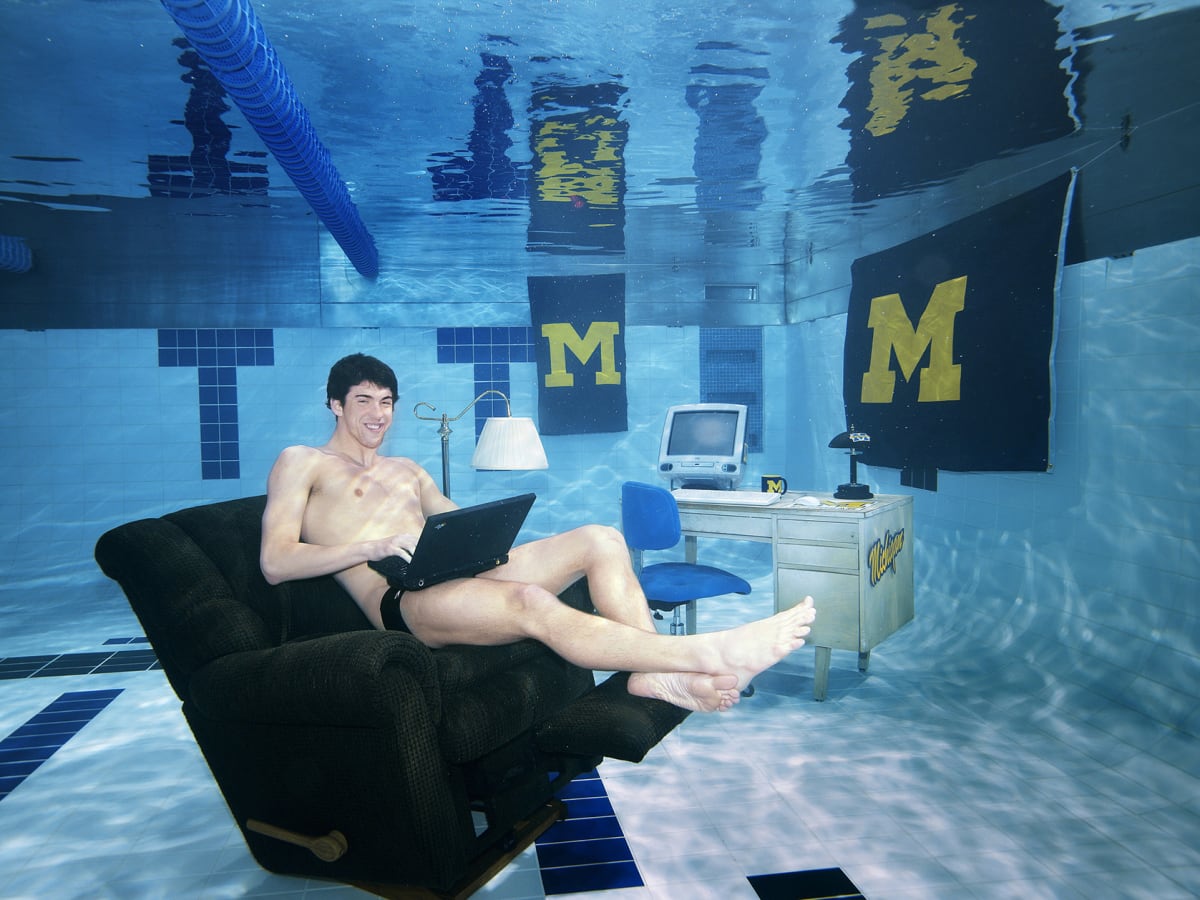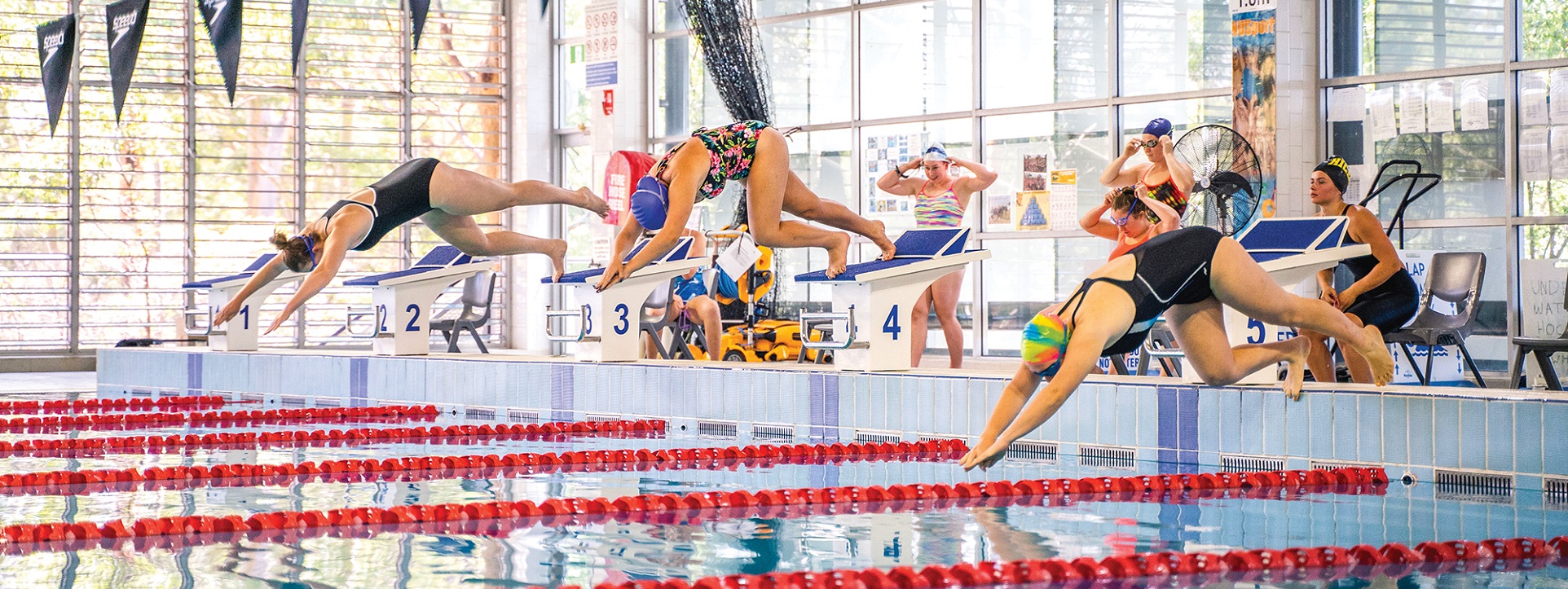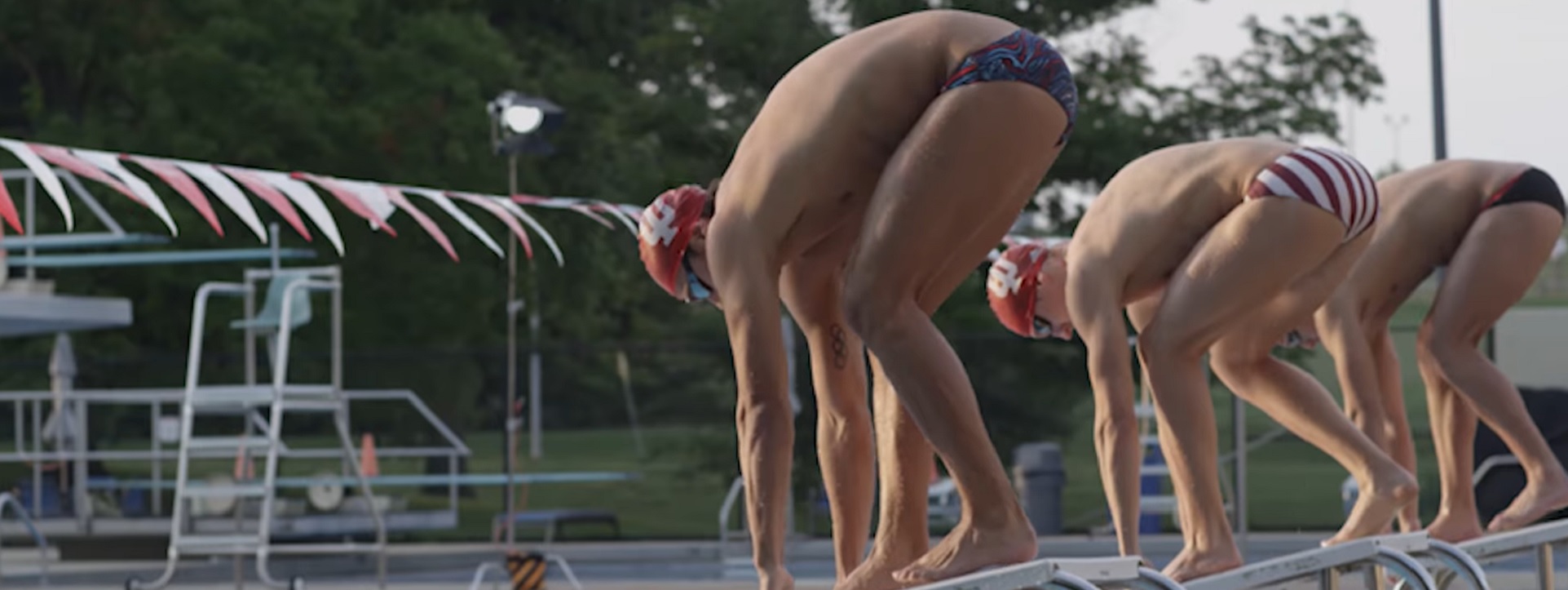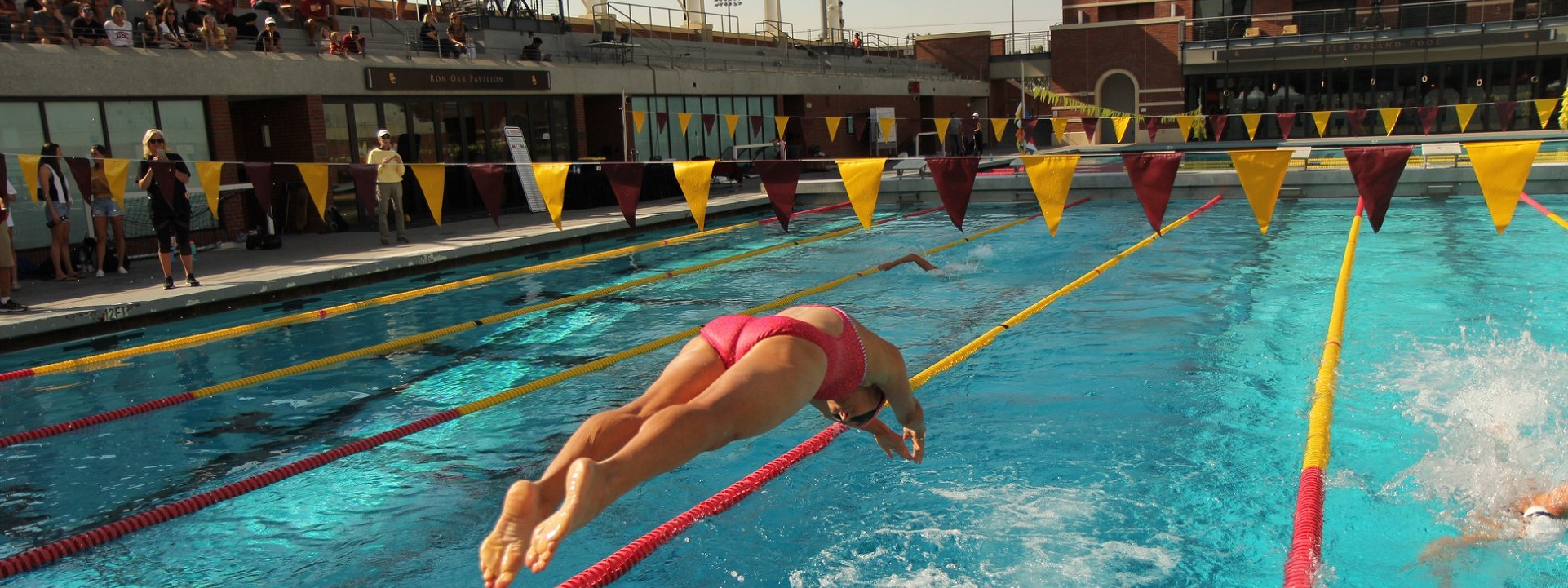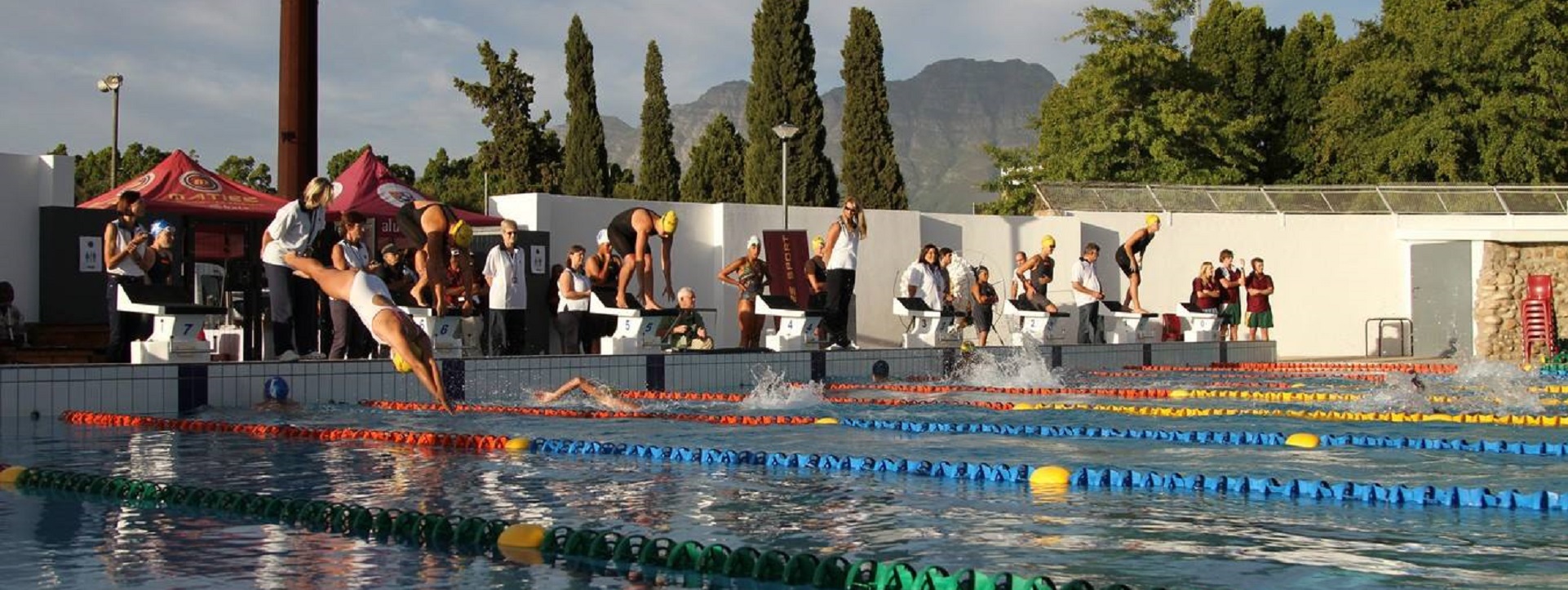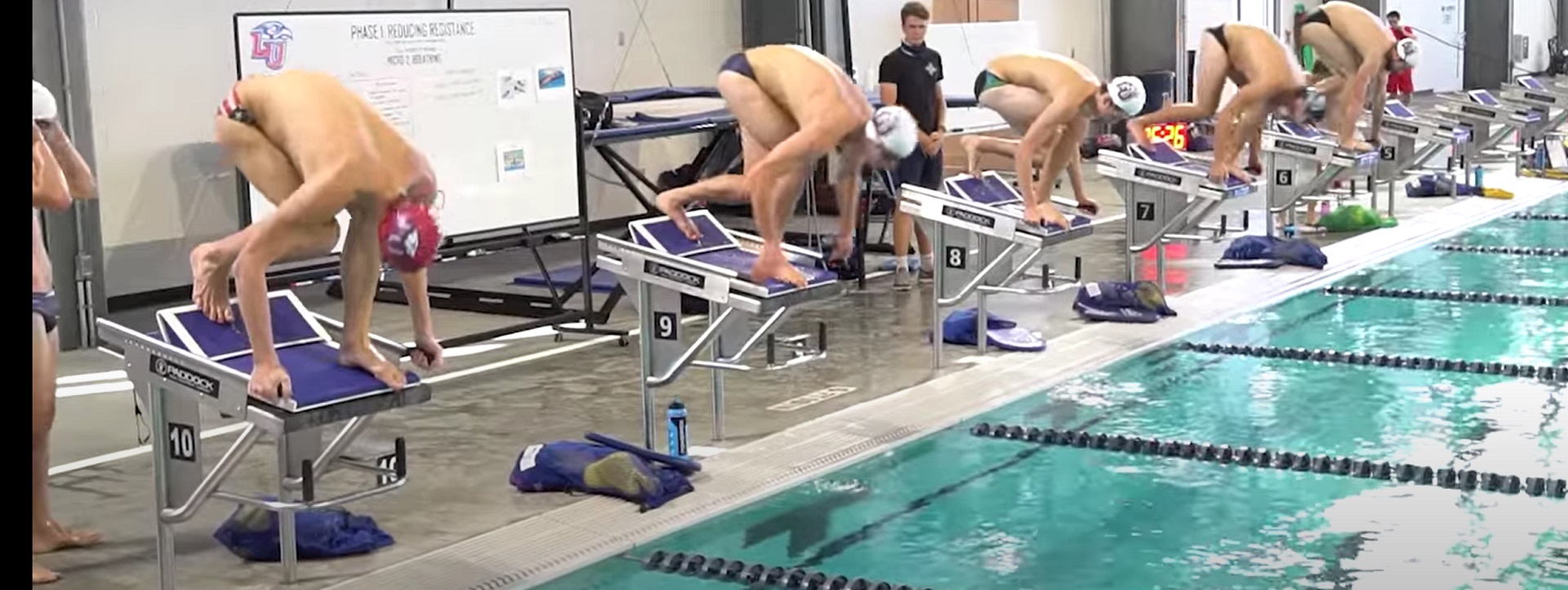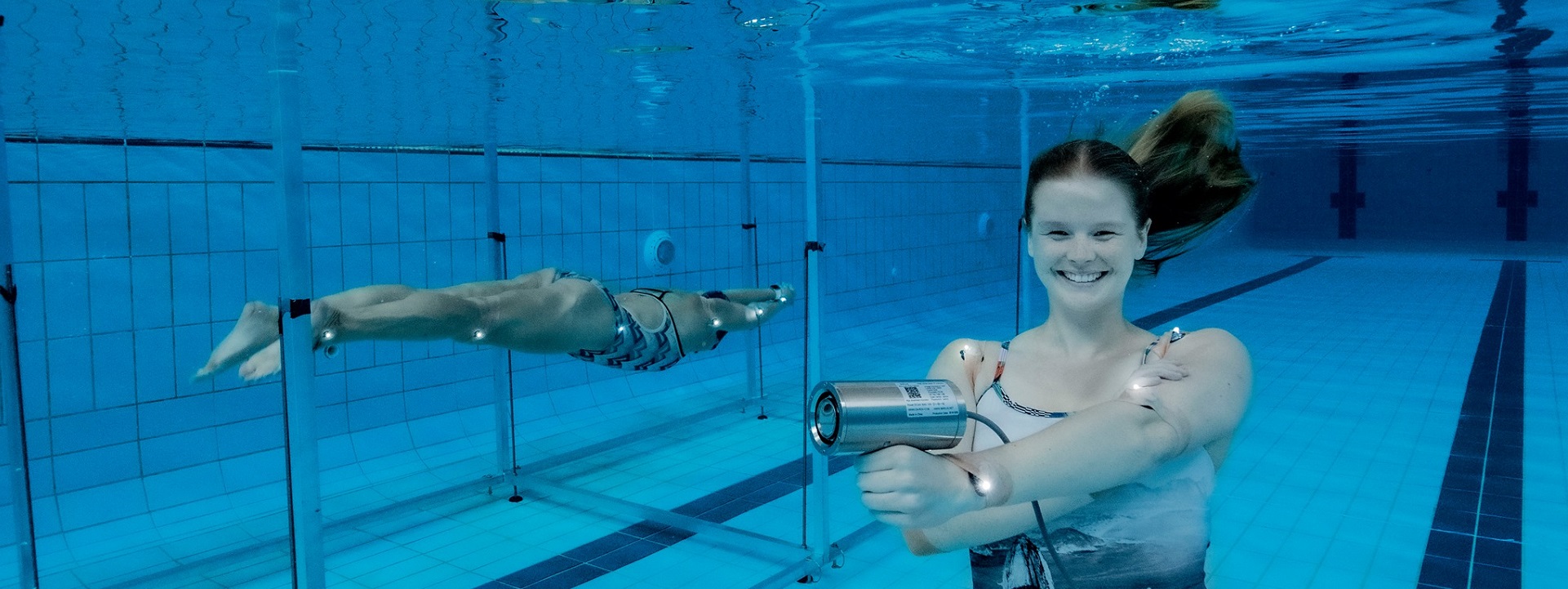COMPLETE MONOGRAPH: 2024 GROUP A PROPOSED CHANGES TO THE I-CODES
Play is the making of civilization—how one plays the game
more to the point than whether the game is won or lost.
The purpose of this standard is to establish the minimum requirements to safeguard health, safety and general welfare through structural strength, means of egress facilities, stability and safety to life and property relative to the construction, alteration, repair, operation and maintenance of new and existing temporary and permanent bench bleacher, folding and telescopic seating and grandstands. This standard is intended for adoption by government agencies and organizations setting model codes to achieve uniformity in technical design criteria in building codes and other regulations.
FREE ACCESS: Standard on Bleachers, Folding and Telescopic Seating, and Grandstands
We are tracking the changes in the transcripts linked below:
ICC 300-2020 edition Public Input Agenda – January 2022
ICC 300-2017 edition Public Comment Draft – October 2017
Consensus Committee on Bleacher Safety (IS-BLE)
This title is on the standing agenda of our Sport, Olahraga (Indonesian), رياضة (Arabic), colloquia. You are welcomed to join us any day at with the login credentials at the upper right of our home page.
2024/2025/2026 ICC CODE DEVELOPMENT SCHEDULE
Virtual reality technology in evacuation simulation of sport stadiums
Code of Practice for Emergency Sound Systems at Sports Venues
Posted December 6, 2019
At the April International Code Council Group A Hearings there were three candidate code changes related to the safety standard of care for athletic venues:
E104-18 (§ 1017 regarding exit travel distances) | PDF Page 218 of the Complete Monograph
F9-18 (§ 304 regarding spaces under bleachers) | PDF Page 1021 of the Complete Monograph
F135-18 (§ 907 regarding communication systems for open air bleachers) | PDF Page 1296 of the Complete Monograph
These concepts will likely be coordinated with another ICC regulatory product — ICC 300 – Standard on Bleachers, Folding and Telescopic Seating, and Grandstands — covered here previously. ICC 300 is a separate document but some of the safety concepts track through both.
The ICC Public Comment Hearings on Group A comments in Richmond Virginia ended a few days ago (CLICK HERE). The balloting is being processed by the appropriate committee and will be released soon. For the moment, we are happy to walk through the proposed changes – that will become part of the 2021 International Building Code — any day at 11 AM Eastern time. We will walk through all athletic and recreation enterprise codes and standards on Friday, November 2nd, 11 AM Eastern time. For access to either teleconference, click on the LIVE Link at the upper right corner of our home page.
Category: Athletics & Recreation, Architectural, Public Safety
Contact: Mike Anthony, Richard Robben, Jack Janveja
LEARN MORE:
Posted October 19, 2017
The International Code Council has launched a new revision cycle for its consensus document — ICC 300 – Standard on Bleachers, Folding and Telescopic Seating, and Grandstands. The purpose of the effort is the development of appropriate, reasonable, and enforceable model health and safety provisions for new and existing installations of all types of bleachers and bleacher-type seating, including fixed and folding bleachers for indoor, outdoor, temporary, and permanent installations. Such provisions would serve as a model for adoption and use by enforcement agencies at all levels of government in the interest of national uniformity.
Comments are due December 4th. The document is free. You may obtain an electronic copy from: https://www.iccsafe.org/codes-techsupport/standards/is-ble/. Comments may be sent to Edward Wirtschoreck, (888) 422-7233, ewirtschoreck@iccsafe with copy to psa@ansi.org)
* With some authority, we can claim that without Standards Michigan, many education industry trade associations would not be as involved in asserting the interest of facility managers in global consensus standards development processes. See ABOUT.




